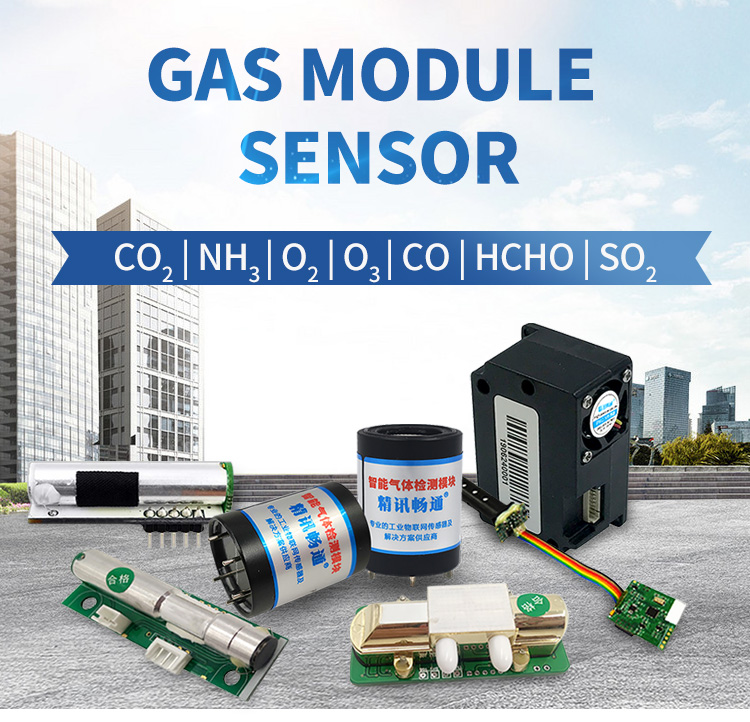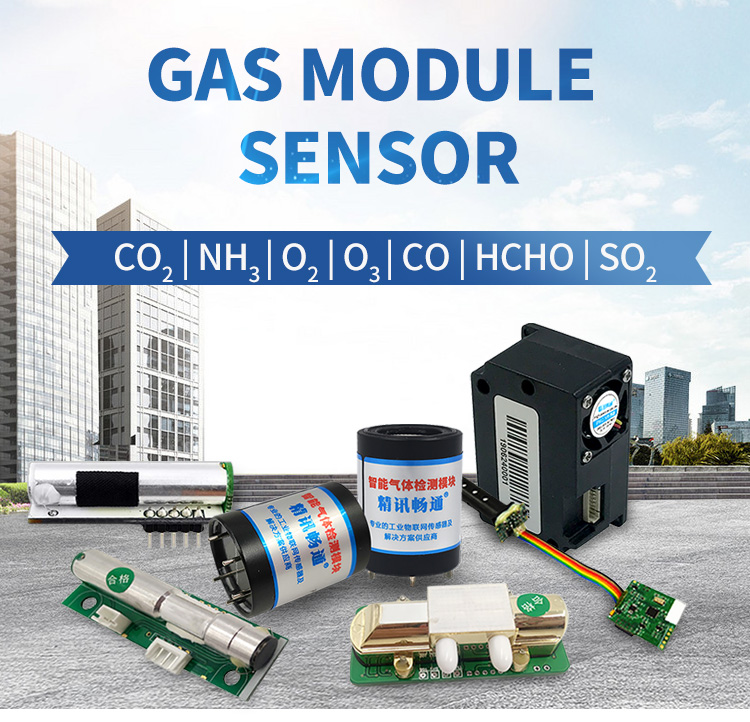As industrial activity continues to grow around the world, the safety and well-being of workers remain a top priority for employers. Unfortunately, in many industries, workers are frequently exposed to hazardous gases that can pose significant risks to their health and safety. In order to ensure a safe working environment, it is essential to use gas detectors, especially portable ones, which can protect workers on-the-go.
What Are Portable Gas Detectors?
Portable gas detectors are hand-held devices that detect and measure the presence of dangerous gases in the atmosphere. These devices are designed to be lightweight, easy-to-use, and portable, making them an ideal solution for monitoring gas exposure in areas where fixed gas detection systems cannot be used effectively. As the name suggests, these detectors can be easily carried around by workers, allowing them to monitor their immediate environment for toxic or combustible gases at all times.
How Do Portable Gas Detectors Work?
Portable gas detectors rely on sensors to detect harmful gases and alert workers accordingly. The sensors detect multiple gases such as carbon monoxide (CO), hydrogen sulfide (H2S), oxygen (O2) and flammable gases. They usually use electrochemical, infrared or catalytic bead sensors. When the sensor detects a gas, it sends a signal to the detector's microprocessor, which triggers an alarm audible and/or visual.
They can also come with additional features, such as data logging and wireless connectivity to a centralized control room, which enables real-time reporting and ensures timely response to any potential gas leakages.
Benefits of Using Portable Gas Detectors
The benefits of using portable gas detectors cannot be overstated. They offer a number of key advantages, including:
Enhanced worker safety: By alerting workers to the presence of harmful gases, portable gas detectors help prevent serious accidents and injuries, including poisoning, suffocation, and explosions.
Improved productivity: When workers feel safe and secure in their environment, they are able to focus on their work more effectively, which leads to increased productivity and better business outcomes.
Compliance with regulations: In many industries, including oil and gas, mining, and chemical manufacturing, the use of portable gas detectors is mandatory. By using these devices, companies can ensure compliance with safety regulations and reduce the risk of costly fines and penalties.
Cost-effectiveness: Portable gas detectors are not as expensive to purchase and maintain as fixed gas detection systems. They come at affordable prices and their energy source requirement typically comes from a rechargeable battery that can be reused multiple times.

Applications of Portable Gas Detectors
Portable gas detectors have become increasingly popular across a wide range of industries. Some of the most common applications include:
Oil and gas industry: Portable gas detectors are used on offshore rigs, refineries, pipelines and other facilities to detect the presence of gas leaks wherever maintenance and inspections are required.
Mining industry: The use of portable gas detectors is vital for underground miners who must work in confined spaces, small tunnels and potentially hazardous environments.
Chemical manufacturing and processing: Portable gas detectors are commonly used when handling hazardous materials in chemical plants.
Emergency services: Firefighters and first responders often use portable gas detectors when responding to incidents or hazardous incidents such as fires, toxic spills, natural disaster response and emergency rescue missions where gas leakage can occur.
Conclusion
In conclusion, portable gas detectors are essential tools that protect workers from harmful gases on-the-go. These devices provide enhanced worker safety, improved productivity, regulatory compliance, and cost-effectiveness. With its widespread use across different industries, it has transformed workplaces and created safer working conditions ultimately leading to fewer accidents. Employers should not hesitate to invest in this technology to promote worker safety and well-being in their respective work environments.






